All products featured are independently chosen by us. However, SoundGuys may receive a commission on orders placed through its retail links. See our ethics statement.
How to fix problems with Bose QuietComfort 35 II
August 28, 2024
The Bose QuietComfort 35 II remains a very popular pair of headphones, and for good reason. It has accurate sound quality, integrated smart assistants, and can keep up with some of the best noise canceling headphones available. With so many features, it may be difficult to understand how to work these headphones. We’ve put together this ultimate guide to your Bose QC 35 II headphones.
If you have a more recent model of Bose headphones, make sure to check out our guide for how to fix Bose QuietComfort and Bose QuietComfort Ultra Headphones.
Editor’s note: This how-to article was updated on August 28, 2024, to answer frequently asked questions and add information relating to our new Bose headphones troubleshooting guide.
How to find the serial number of your Bose QuietComfort 35 II
![Bose QuietComfort 35 II[2] A picture of the Bose QuietComfort 35 II lying on an open book.](https://www.soundguys.com/wp-content/uploads/2017/10/Bose-QC35-II2-1.jpg)
The serial number of your active noise canceling (ANC) headphones is located on the inside of the right ear cup. In order to read it, you have to gently peel back the scrim, which is the mesh layer on the inside of the ear cup that protects the components inside it, from its top edge. Be sure to do so gently and not press down on any of the components of the driver as it could cause damage.
Why would this be of use? Although the Bose QC 35 II are globetrotting headphones, they aren’t impervious to damage or defects. If you happen to grab a pair with issues, it’s important to reach out to Bose’s customer support team right away. In order for them to best serve you, they’ll likely ask for the serial number.
How to pair your Bose QuietComfort 35 II headphones
![Bose QuietComfort 35 II[5] An aerial picture of the Bose QuietComfort 35 II on a gridded surface next to two smartphones.](https://www.soundguys.com/wp-content/uploads/2017/10/Bose-QC35-II5.jpg)
To begin setting up your Bose QuietComfort 35 II headphones, download the Bose Connect+ App. The app is free from the Google Play Store and Apple App Store, and it facilitates a streamlined setup process. All you have to do is turn the headphones on and open the app. From there, the app will locate your headphones, and you will be prompted to pair them to your device.
If you don’t want to use this app, you’ll have to go the traditional Bluetooth pairing route:
- Slide the power switch toward the Bluetooth symbol, and hold it there until you hear a voice prompt letting you know the headphones are ready to pair.
- The Bluetooth indicator will also blink in blue.
- Open your smartphone’s Bluetooth menu and allow it to discover new devices.
- Select the “Bose QuietComfort 35 II” from the list.
- While connecting, an LED on the ear cup will blink white. Once a connection has been established with your Bluetooth device, this indicator will turn solid white and then go out.
To enable Bluetooth multipoint, connecting to two devices simultaneously, repeat the pairing process on a new device. Once two devices have been saved to the Bose QC 35 II pairing list, you can connect to both devices at once. This is great for working remotely, or for all-around multitaskers.
Follow the steps above to put the Bose QuietComfort 35 II in pairing mode. Then, open Bluetooth Settings on your Mac, and scroll down to “Nearby Devices”. The headphones will appear here.
How to reset your Bose QuietComfort 35 II headphones
If you run into issues with pairing or connecting your Bose QuietComfort 35 II headphones, you should try a factory reset. This will revert the headphones to their default state.
- Power off your Bose QuietComfort 35 II headphones, and then wait 30 seconds.
- Plug the headphones into their charger, and wait 5 seconds.
- Disconnect the cable from the headphones, and wait 1 minute.
- Power on the headphones and resume normal use.
If your Bose QuietComfort 35 II think that you are always on a call, or the microphones are not working, follow the steps above to reset the headphones. You can also remove the headphones from your paired devices, and then re-pair them to that device.
Troubleshooting Bluetooth connection issues
![Bose QuietComfort 35 II[2] A picture of the Bose QuietComfort 35 II headphones on a headphone stand in front of a computer and pumpkin.](https://www.soundguys.com/wp-content/uploads/2017/10/Bose-QC35-II2.jpg)
No matter how much confidence you place in a brand, there are bound to be some hiccups with its products or flat-out duds. One of Bluetooth audio’s greatest shortcomings is reliability, relative to its wired alternative, so here are a number of ways to fix any wireless connection issues that arise.
The headphones won’t re-connect to your phone
If your headphones won’t re-connect to your smartphone by Bluetooth, first make sure the audio cable and USB charging cable are unplugged. If this doesn’t work, use your smartphone to disable and re-enable Bluetooth. Still having problems? Delete the headphones from your phone’s Bluetooth device menu and retry the initial pairing process. It may also help to remove some other Bluetooth devices from your smartphone to avoid cluttering it.
The headphones doesn’t automatically switch to the device playing content
The Bose QuietComfort 35 II can connect to two devices simultaneously, and will automatically switch to the device playing content. While convenient, the headphones may sometimes switch to the wrong device—even when it’s not playing anything. You can override automatic switching by selecting your device using the Bluetooth toggle switch, located on the right ear cup.
Connection drops happen frequently
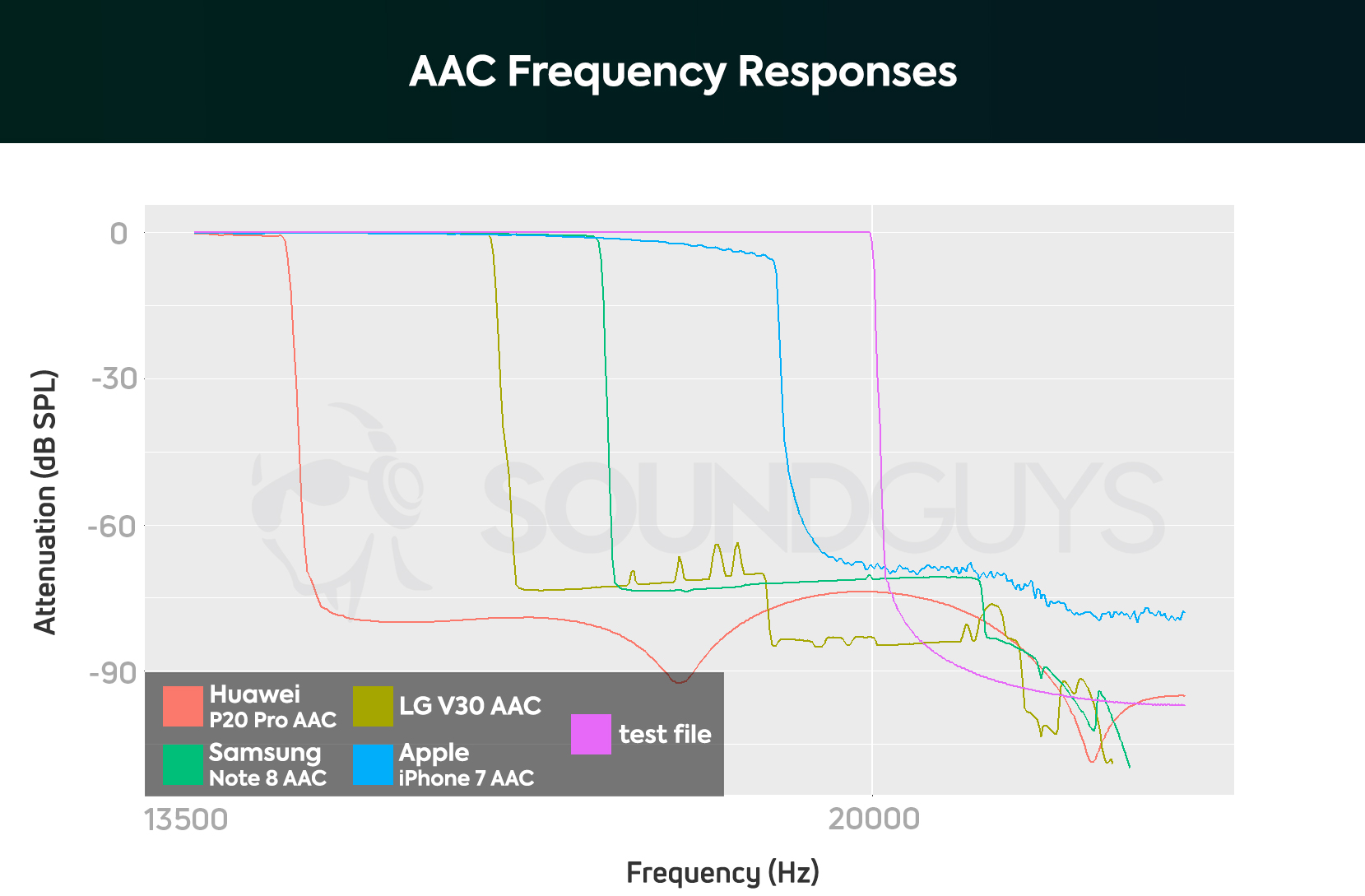
Few things are more frustrating than constant audio hiccups and dropouts, but that’s the unfortunate reality of older Bluetooth firmware. The first thing to note is that the only high-quality Bluetooth codec supported by the Bose QuietComfort 35 II is AAC, and if you are using the headphones with an Android device, you may experience stutters with this codec. It’s not a problem with AAC, though; instead, it’s an issue with how the Android operating system encodes the codec: it’s unable to do so efficiently and consistently, thereby resulting in latency and connection annoyances.
To fix this on your Android device, go into the Developer Options and force the codec to be SBC. Doing so should eliminate this problem, but will produce lower quality audio. This isn’t too much of a compromise, though, considering how inconsistent audio quality can be when using AAC with an Android device.
The problem may be tied to your other device, not the headphones
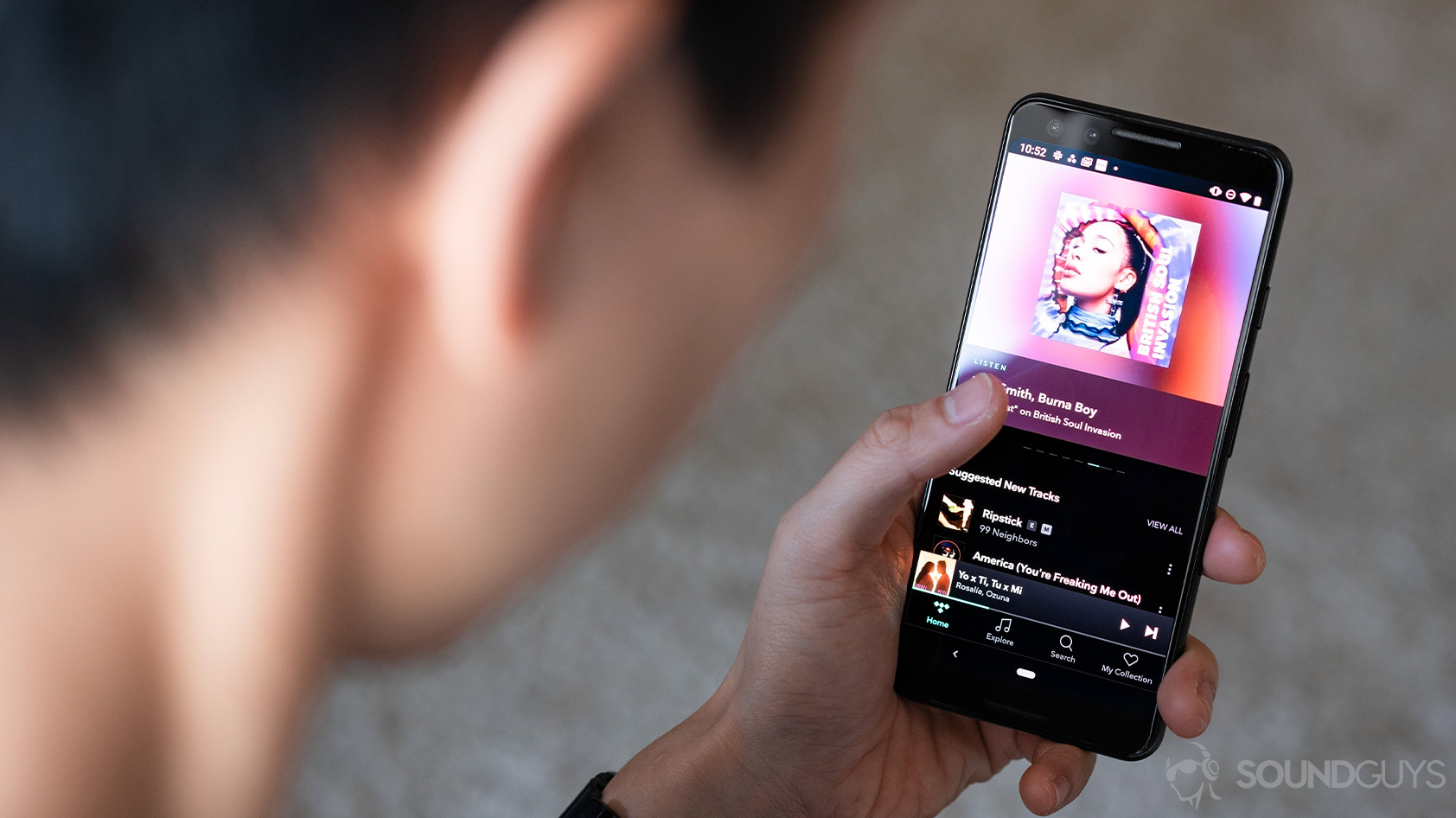
Perhaps the streaming codec isn’t the cause of connection dropouts, try connecting your headphones separately to several different devices to make sure it is not an issue with your smartphone or laptop.
If it seems to be an issue with one specific source device, clear the Bluetooth connection list on that device and reconnect the QC 35 II noise canceling headphones. Perhaps you’ve realized stuttering occurs no matter the source device; in that case update the firmware on the Bose QC 35 II. Then, try disconnecting all devices from the headphones except the one you want to use. This will allow you to see if there is an issue with the multipoint Bluetooth connection.
After all these tests, you may determine that there’s an issue with the headphones themselves and not your source device; in that instance, contact Bose customer support.
How to update the firmware version
When you open your Bose Connect+ app and connect your QC 35 II to it, the app will automatically download the latest firmware (assuming it’s available). This may take up to 45 minutes, but you can continue to use your headphones during this process. Then, once the update has been downloaded, a new icon that reads “Update” with a download symbol will appear. Click this button, and it will take a few minutes for it to transfer to your headset. While the update is occurring, do not power off your headphones.
To view the current firmware version installed on your headphones, go to the Settings tab of the Bose Connect+ app. Additionally, you can the Bose Updater page on your Mac or PC and follow the prompts on screen. You can also manually update your firmware through this website with a microUSB cable if you prefer not to use the app.
ANC degradation post-firmware update
There have been reports of ANC performance becoming worse after updating the firmware on the Bose QuietComfort 35 II, particularly with firmware version 4.5.2. After this update, users reported that the noise canceling performance seemed stuck on the “low” setting, even when switched to the “high” setting.
Updates can go awry as it depends on a consistent connection between the headset and source device. Listeners who encounter this problem, should try these steps before contacting Bose customer support.
- Turn off the headphones.
- Plug the QC 35 II into a wall charger for at least 5 seconds, then remove the cable.
- Connect the headphones to your computer via a microUSB cable, and visit the Bose Updater in a browser.
- Download and run the Bose Updater app on your computer.
- Update the headphones using your computer to the latest firmware manually.
If you are still experiencing trouble with active noise cancellation, it may be a result of poor fit. Passive isolation improves ANC by creating a seal around your ears. If your headphones’ ear cushions are misplaced, or if glasses or earrings are preventing a seal from forming, ANC effectiveness may be reduced.
Another possible reason your headphones’ ANC isn’t working properly: the self-voice setting that’s enabled during calls has been left on. This is useful for monitoring your voice levels during a call, but isn’t pleasant beyond that use case. To fix this, disconnect and reconnect your smartphone from the headphones. Check out this informational video (above) from Bose’s YouTube channel about ANC troubleshooting.
What is Music Share and how do I use it?
Music Share allows you to stream music to two pairs of Bose headphones, all from a single device. This feature can be accessed through the Bose Connect App, and are compatible with the following devices:
- Bose QuietComfort 35 I
- Bose QuietComfort 35 II
- Bose QuietControl 30
- Bose SoundSport Wireless
- Bose SoundSport Pulse
- Bose SoundLink Around-Ear
Before using Music Share, ensure that all connected devices are running the latest firmware version. Also note that you will not have access to your voice assistant when your headphones are tethered.
To use Music Share with your Bose QC 35 II, start by pairing the headphones to your mobile device. Launch the Bose Connect App and tap the Music Share icon in the bottom left corner (it’s a picture of two headphones side-by-side). Then, tap the button labelled “Find a Headphone.”
Turn on your second pair of Bose headphones. After a few seconds, the additional device will appear on screen. If you have multiple Bose devices in your vicinity, swipe left or right to cycle through your device options. Once you’ve selected your desired device, swipe down to begin the connection process. You may be prompted to enter pairing mode on your secondary device, as indicated by the app. You can enter pairing mode by either long pressing on the power button of your Bose earbuds, or by holding the Power/Bluetooth Switch to the Bluetooth symbol for a few seconds.
Once pairing mode is activated, the app will finish establishing a connection. After a few seconds, your Bose QC 35 II and your additional device will be linked, and you are free to stream audio content from the host device.
Customizing the Action button
![Bose QuietComfort 35 II[4] A picture of the Bose QuietComfort 35 II and the Google Assistant button is located on the ear cup.](https://www.soundguys.com/wp-content/uploads/2017/10/Bose-QC35-II4.jpg)
The Action button on the Bose QuietComfort 35 II can be programmed in three different ways: to be able to access Google Assistant, Amazon Alexa, or adjust noise canceling intensity. Open the Bose Connect+ App and tap the gear icon to enter your headphone’s settings, and click on “Action button.” Here you will be able to select your function of choice. Keep in mind that the Bose QC 35 II headphones do not have voice activation enabled. To access your smart assistant through them, you must press the Action button on the headset.
Accessing Google Assistant
If you have an Android 6.0 or later, Google Assistant is built into your smartphone. To use it with the QC 35 II headphones, just make sure your headphones are connected; then, activate the Google Assistant on your smartphone. The onscreen instructions will then prompt you to set the Action button to access the assistant. On iOS, you first need to download the Google Assistant app to have access to it. Once you open the app, the onscreen instructions will prompt you to set the Action button to access the assistant.
Google Assistant integration means you get easy access to things like calendar events, incoming notifications, weather reports, reminders, and more. You can press and hold the Action button to activate the Google Assistant, and you can speak to the assistant to give it commands. To hear your notifications, tap the Action button once. To stop your Google Assistant, tap the Action button twice. To reply to a message with your voice, press and hold the action button, and release it once you are done speaking. For a full list of actions your Google Assistant can perform, visit its “What it can do” page.
Accessing Amazon Alexa
No matter what kind of smartphone you have, if you choose to program the Action button for Amazon Alexa, you will need to download the Alexa app. you will then be prompted to set the headphones up with it. Once your headphones are programmed to Alexa, pressing and releasing the Action button will activate the assistant. You can ask Alexa questions as well as ask it to perform various skills, which can be found and activated within the app. Additionally, Alexa can help you design your own skills to command.
Accessing active noise canceling settings
If you choose to program your Action button for active noise cancellation, you will be able to cycle through active noise canceling modes by pressing and releasing the button. A voice will then tell you what setting you have selected. The options are “high,” for loud environments, “low,” for quiet ones, and “off,” for when you want to hear the world around you.
If you choose this setting, you can still access your phone’s smart assistant by pressing and holding the multifunction button on the right ear cup of the headset. This, however, only works if your smartphone has the inbuilt assistant.
Multifunction button
The multifunction button on the right ear cup of the Bose QC 35 II headphones can be used for media playback functions, call functions, and for accessing a smart assistant. Here is a chart with all of its functions.
| Function | How to use it |
|---|---|
Play/Pause song | Press multifunction button |
Skip forward to next song | Double press multifunction button |
Skip backward to last song | Triple press multifunction button |
Fast forward through song | Double press multifunction button and hold the second press |
Rewind through song | Triple press multifunction button and hold the third press |
To access native smart assistant (Siri, Google Assistant) on your device | Press and hold multifunction button for one second |
Answer a call | Press multifunction button |
End a call | Press multifunction button |
Decline an incoming call | Press and hold multifunction button for one second |
Put a call on hold to answer a second incoming call | Press multifunction button |
Stay on current call and decline a second incoming call | Press and hold multifunction button for one second |
Switch between two active calls | Double press multifunction button |
Create a conference call with two active calls | Press and hold multifunction button for one second |
What does the battery indicator mean?
The battery indicator on the right ear cup tells you the status of your QC 35 II battery. If it is solid green, it has a high charge. Blinking amber means it is currently charging by microUSB, and solid amber means it has low charge. If it is blinking red, it needs to be charged. If it is solid red, it means there is an issue with the battery and you should contact Bose customer service. The battery life should last up to 20 hours.
Properly store your headphones
To store your headphones in their carrying case, rotate both ear cups so they lie flat. Then, fold the left ear cup toward the headband, followed by the right ear cup. Make sure you power them off before storing them, and, if you plan to store them for a long time, make sure they are fully charged before doing so.
How to fix issues with the ear pads
Some users have reported that the ear pads start to fall apart after a few years of using the Bose QC 35 II headphones. The faux-leather covering may start to disconnect from the foam cushioning inside. This can lead to reduced ANC quality and overall sound quality because it disrupts the seal the cushions are supposed to make with your ears. You can buy replacement ear pads from Bose and you can get knock-offs as well for cheaper, but we recommend getting Bose’s ear pad replacements because it will create the same isolation that your original ear pads did.
To prevent your ear pads from degrading, you should regularly clean them after wear. Sweat can build up on the ear pads after long use, and this can damage the material. To clean your Bose QC 35 II headphones, wipe the outside surfaces with a soft, dry cloth. To clean sweat off the ear pads, use disinfectant wipes or a slightly damp cloth, but make sure to detach them from the headset so as to avoid getting the electronics wet, and make sure they are fully dry before you store them once again.
What’s missing from the Bose QuietComfort 35 II
- No aptX support. The only high quality Bluetooth codec supported by these headphones is AAC, and this is only compatible with iOS, not Android.
- No Siri. You’d think that since the AAC codec is most compatible with iPhones, the QC 35 II would have inbuilt Siri, but they don’t. You can, however, access Siri through the multifunction button.
- No ambient sound mode. These headphones have switchable active noise cancellation, but there isn’t a setting to allow for amplified ambient sound. This means that if you are using the headphones on a busy street, you really need to watch out for cars because you probably won’t be able to hear them.
New noise canceling alternatives to the Bose QuietComfort 35 II
Bose Noise Canceling Headphones 700
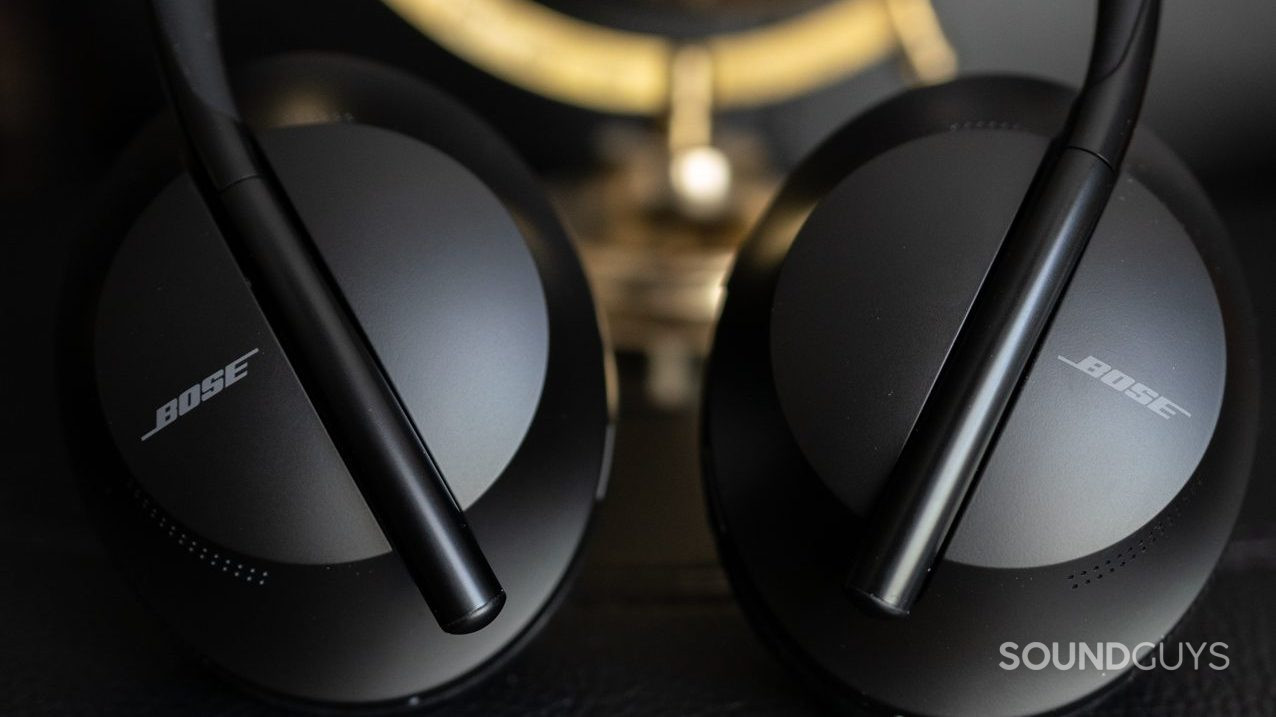
The Bose Noise Canceling Headphones 700 are a successor to the Bose QuietComfort 35 II, and they have better ANC. Additionally, they offer 10 settings for active noise cancellation, so you have more control over how much ambient noise you want to block out.
They are slightly less comfortable than the QC 35 II, and are more expensive. They also have touch-sensitive playback controls whereas the QC 35 II has buttons. Listeners who are searching for a modern design with find it with the futuristic Bose Noise Canceling Headphones 700.
Bose QuietComfort 45
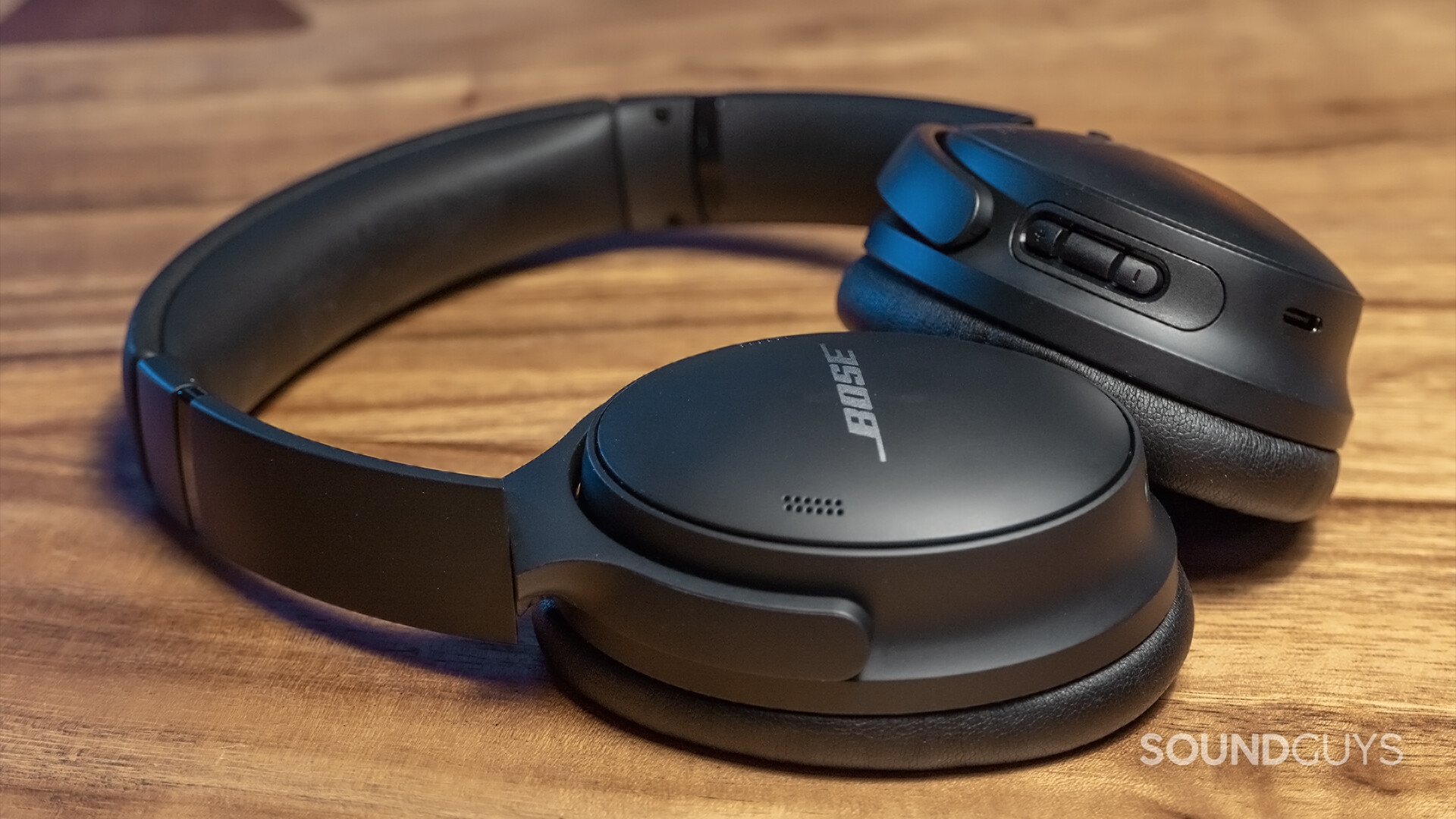
Visually and functionally, the Bose QuietComfort 45 is nearly identical with the QC 35 II. With the newer model, you will get better noise canceling, almost twice the battery life, and a USB-C charging port.
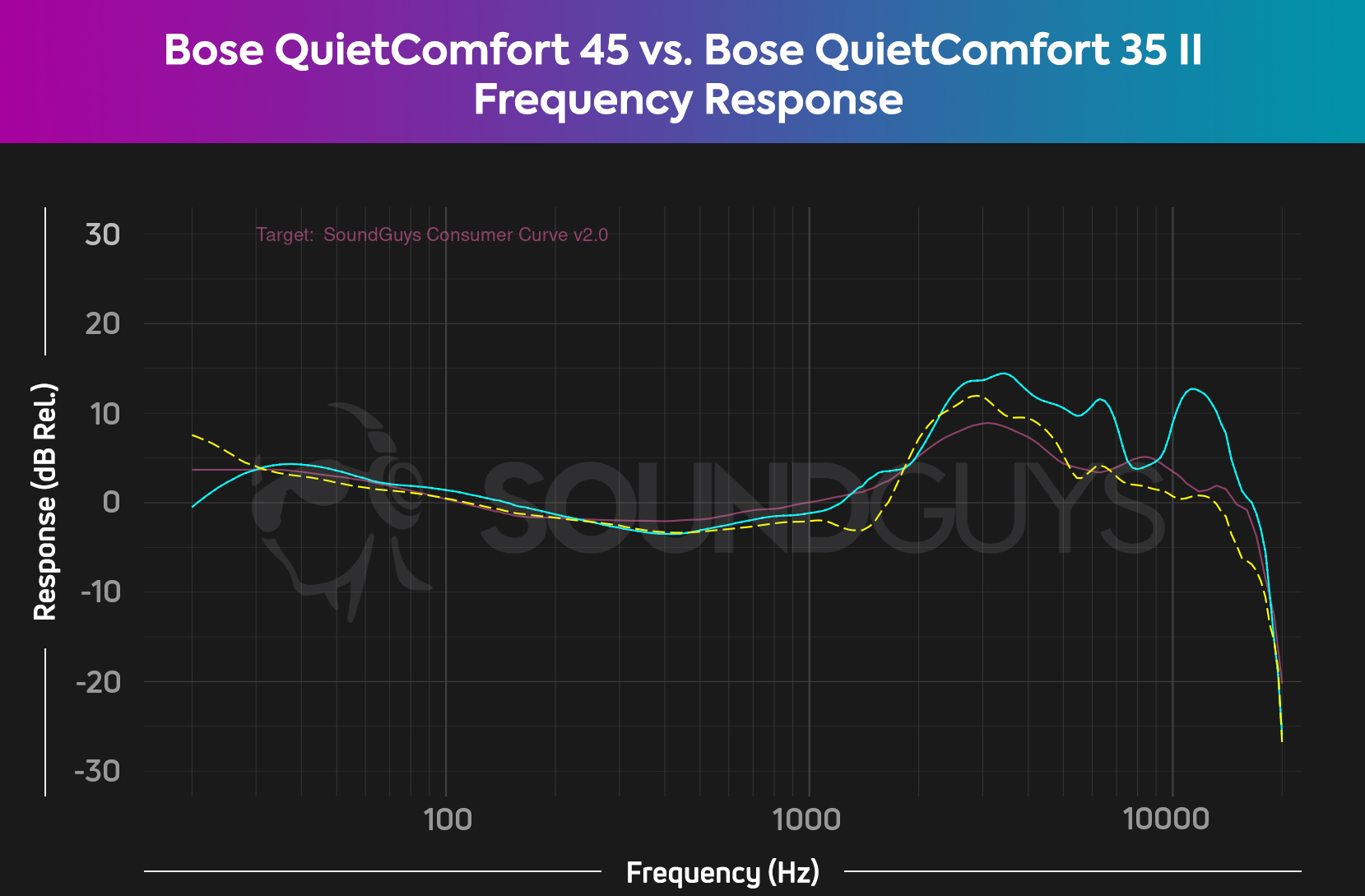
Surprisingly, the default frequency response is more consumer friendly in the QuietComfort 35 II. However, with the EQ in the latest Bose Music app, you can adjust the high frequencies to create a more pleasant sound.
Sony WH-1000XM Series
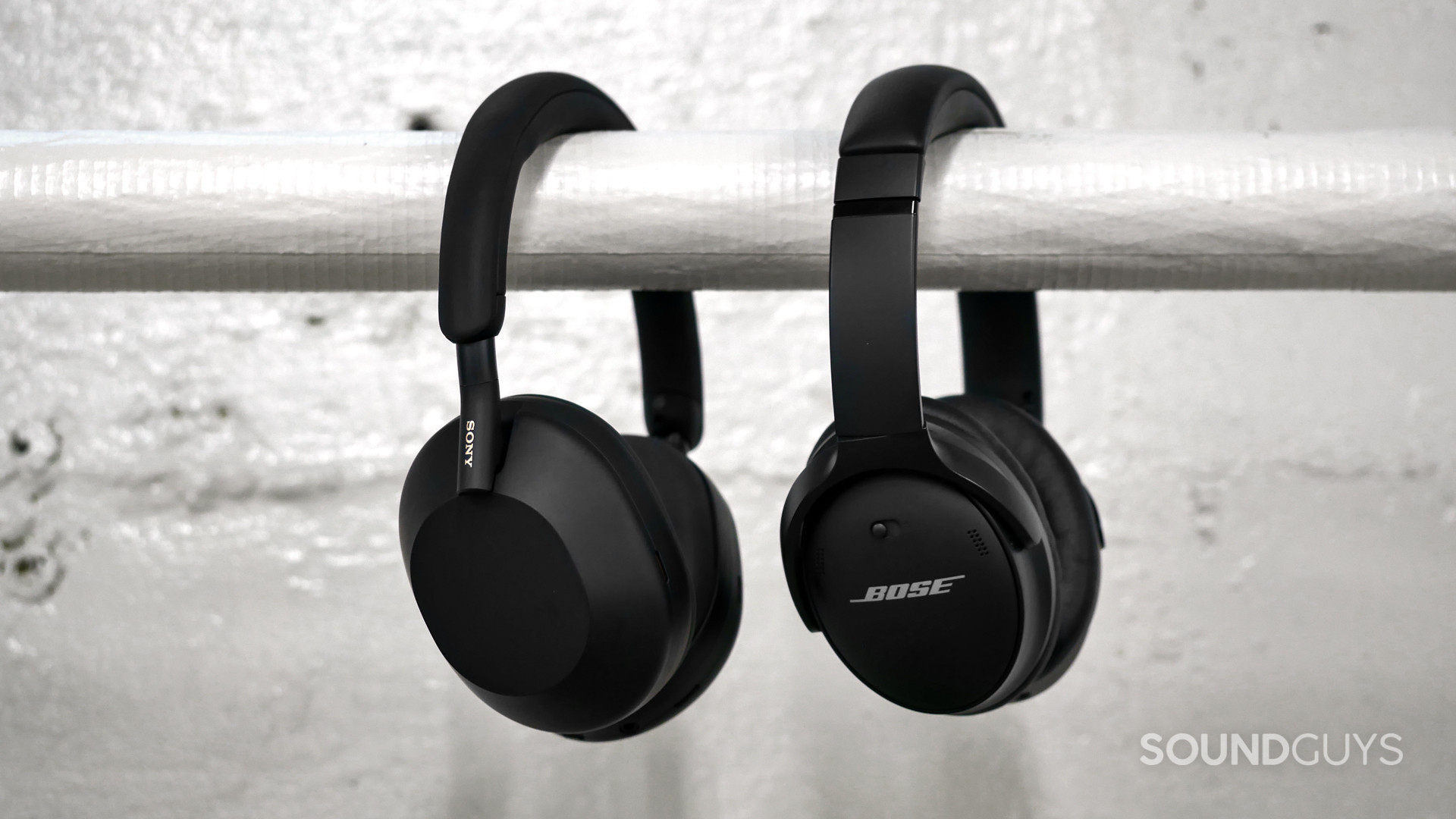
Going as far back as the WH-1000XM3, Sony headphones offer aptX, aptX HD, and LDAC as well as AAC, so they win in the codec department. Additionally, they have touch controls and USB-C charging, whereas the QC 35 II has buttons and microUSB charging. The WH-1000XM3 has better ANC, offers an ambient sound mode, and has a better microphone.
Needless to say that Sony’s latest flagship, the WH-1000XM5 blows the QuietComfort 35 II out of the water. If you’re looking to switch to Sony at a bargain, look into deals for the WH-1000XM4.
Shure AONIC 50
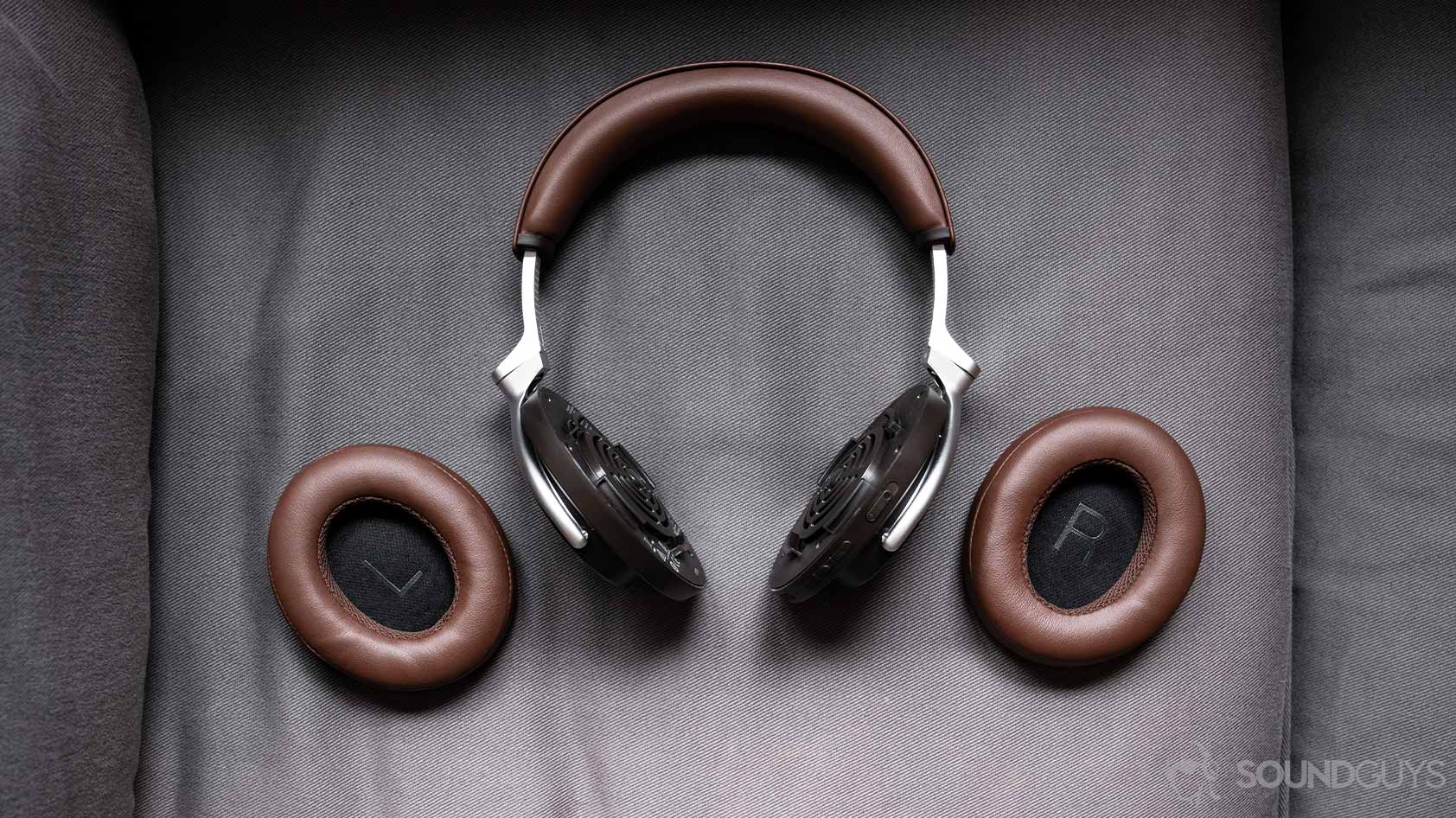
The Bose QC 35 II headphones are more comfortable than the Shure AONIC 50. However, the AONIC 50 headphones has the best noise canceling on the market when it comes to low-frequency attenuation. Additionally, Shure’s headset offers aptX, aptX HD, aptX Low Latency, AAC, and LDAC. But the QC 35 II has a better microphone—for now. You may also use the USB-C charging input for audio passthrough, making the AONIC 50 one of the best USB-C headphones around.
Frequently asked questions
Not that we’re aware of. It should be possible for Bose to implement ambient sound mode in a firmware update because the headset already has embedded active noise canceling, but there is no reason to believe they are planning to do so.
The white LED is an indicator for the Bluetooth status of your headphones. If it’s fast blinking, the headphones are either trying to connect to another device or you have an incoming or outgoing call. If the white light is solid, you have an ongoing call or a stable connection with another Bluetooth device. When you turn the headphones off, Bluetooth, and hence the white light, should turn off as well.
To turn off the voice prompts on your Bose QuietComfort 35 II, head into the Bose Connect ap on your phone, let it connect to your headphones, then tap Settings, and tap the toggle next to Voice Prompts to turn these off.
All batteries slowly discharge, even when the device is turned off.
Batteries also have limited lifespans since they slowly lose capacity, until they can’t hold a charge at all anymore. How quickly a battery dies depends on which capacity it had to begin with and how it was treated during its lifetime. Frequent deep discharges, full charges, high heat, or other physical impacts can shorten a battery’s lifespan.
If your Bose QuietComfort 35 II is more than five years old, chances are its battery is reaching its end-of-life. Fortunately, you can still use it in wired more.